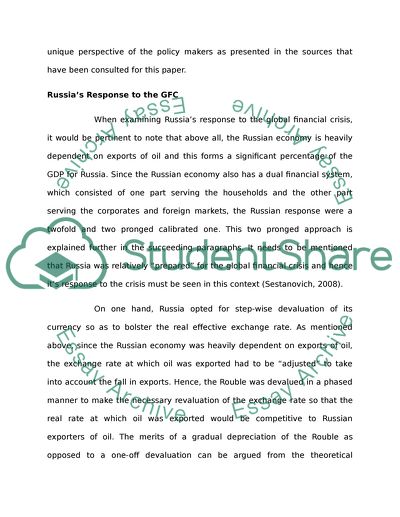Cite this document
(“Credit Crunch Assignment Example | Topics and Well Written Essays - 1500 words”, n.d.)
Retrieved from https://studentshare.org/family-consumer-science/1409588-credit-crunch
Retrieved from https://studentshare.org/family-consumer-science/1409588-credit-crunch
(Credit Crunch Assignment Example | Topics and Well Written Essays - 1500 Words)
https://studentshare.org/family-consumer-science/1409588-credit-crunch.
https://studentshare.org/family-consumer-science/1409588-credit-crunch.
“Credit Crunch Assignment Example | Topics and Well Written Essays - 1500 Words”, n.d. https://studentshare.org/family-consumer-science/1409588-credit-crunch.


